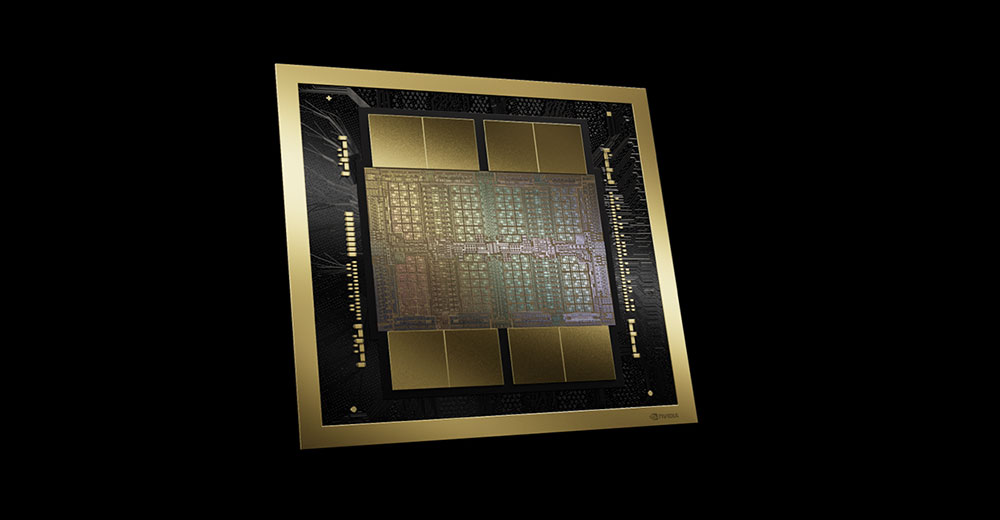Microsoft Research on Sunday demonstrated RoomAlive, a new technology that can transform any room into an immersive and interactive gaming display.
Based on a scalable multiprojector system that adapts gaming content to the physical space, RoomAlive allows users to touch, shoot, stomp, dodge and steer projected content that becomes seamlessly integrated with their environment.
A depth camera, wide-field-of-view projector and computer work together to cover the entire room, including the furniture and people present, dynamically mapping content based on room layout and user position. Pixels can be used both for input and output.
Currently a proof-of-concept prototype, RoomAlive is described in a paper presented by Microsoft and numerous academic collaborators at UIST 2014, the 27th Association for Computing Machinery Symposium on User Interface Software and Technology in Hawaii.
Draw for Enthusiasts
RoomAlive is an expansion of the technology used in the IllumiRoom projection system that Microsoft demonstrated last year.
While IllumiRoom used projectors to extend a TV image beyond the bounds of the screen to cover a whole wall, RoomAlive takes that notion a step further by turning every surface in a room into a reactive environment.
“I think this concept could be very compelling for game enthusiasts,” Christine Arrington, a senior analyst for games with IHS, told TechNewsWorld.
“This is the kind of concept that console makers have to develop in order to make the hardware attractive to customers going forward,” she said. “As game delivery continues to move towards digital distribution, the question of what the console hardware does for the gamer becomes more critical to answer.”
Microsoft’s demo videos suggest that “hardware makers are very focused on using in-home hardware to enhance the gaming experience, thereby keeping console hardware relevant even if the future Xbox may look very different than it does today,” she added.
Uncertain Market Potential
However, there are some challenges ahead for the concept, Arrington suggested.
First, “the six-projector ceiling installation probably goes far beyond what the average consumer would be willing to do in their home, especially in international markets where space is limited,” she pointed out.
This type of setup may be better-suited for home theater consumers who already have installed something like surround sound and so “are familiar with the whole-room concept,” Arrington said. “This is the type of consumer who is willing to go through the hoops to get something like that installed properly.”
The other challenge is the market potential.
“There will be a core of gamers who will absolutely love this concept, but that core might be very small,” Arrington noted.
Setup Hurdles
It is too early to predict whether or not the technology will be a hit, but “the potential is there, as we have seen leaps in technology, like motion gaming, be accepted by a wider audience historically,” said Liam Callahan, a director and games industry analyst with the NPD Group.
“Upon watching the video, my initial reaction was that the setup would be a hurdle to consumers, though I expect Microsoft would solve for this when and if they move this concept to market,” he told TechNewsWorld.
Potential Applications
In its current form, the technology would be cost-prohibitive to implement for home use, noted Wanda Meloni, founder and president of M2 Research.
That question aside, RoomAlive could have some interesting applications down the road for nontraditional gaming purposes, such as in training, education and medicine, she told TechNewsWorld.
“I’m very curious to see where specific developers might be able to take this technology,” added Meloni, “and explore serious game elements.”




























































































This is really awesome… I just can’t wait to get my hands on RoomAlive…